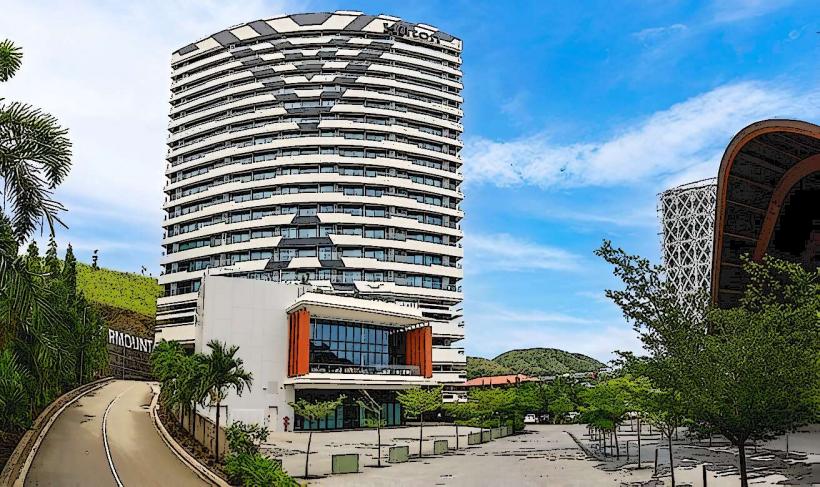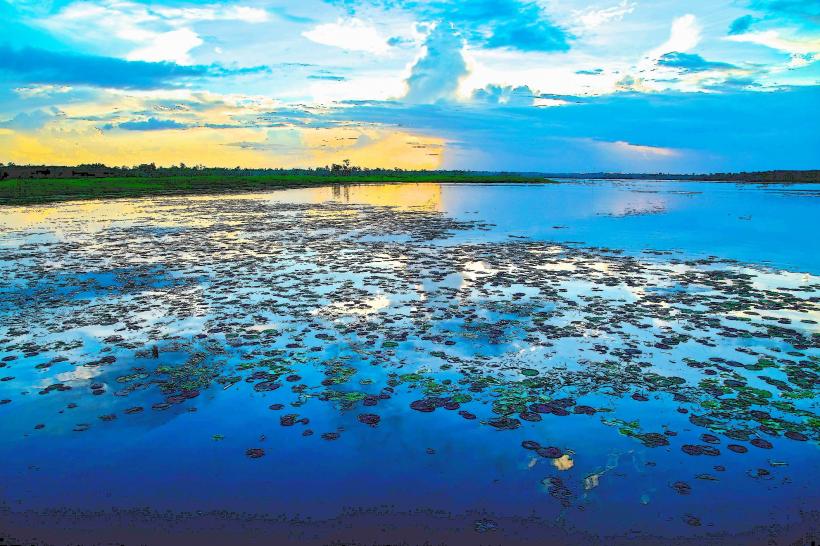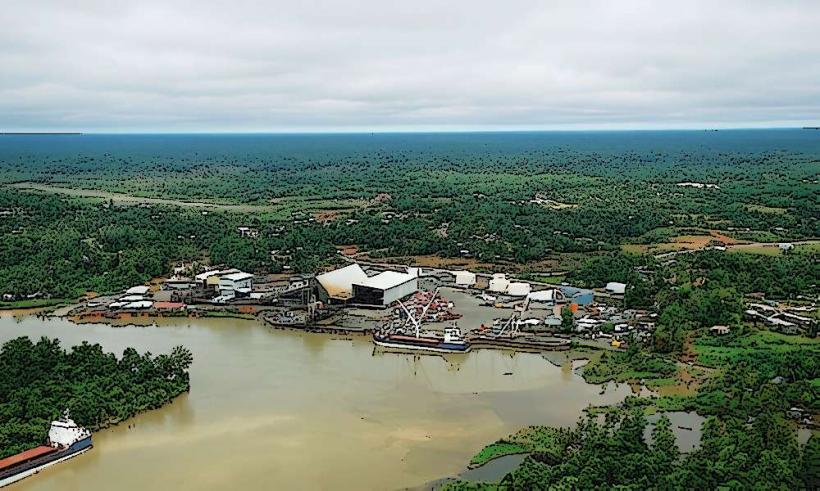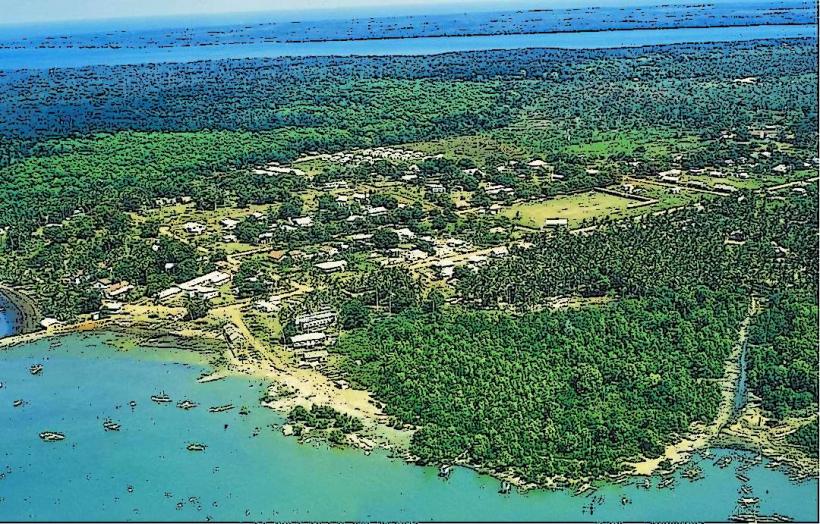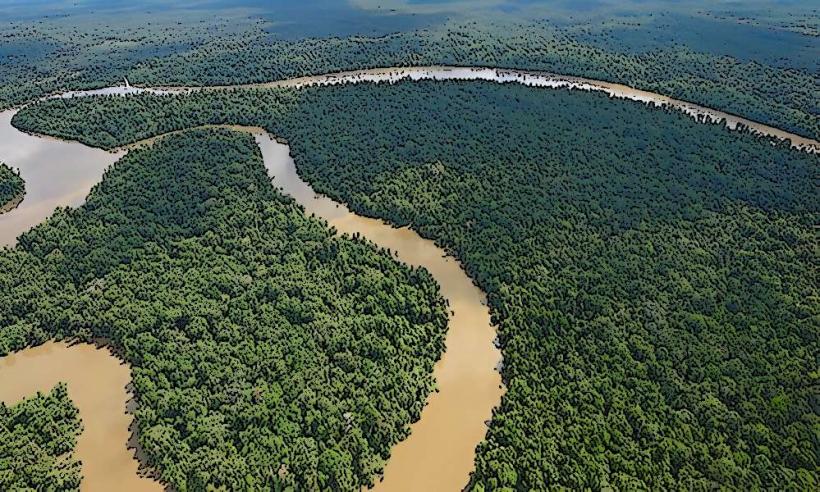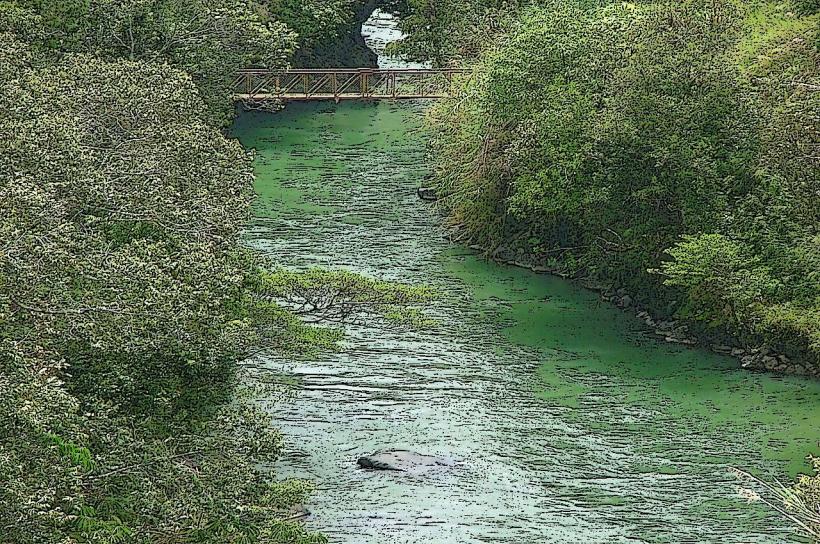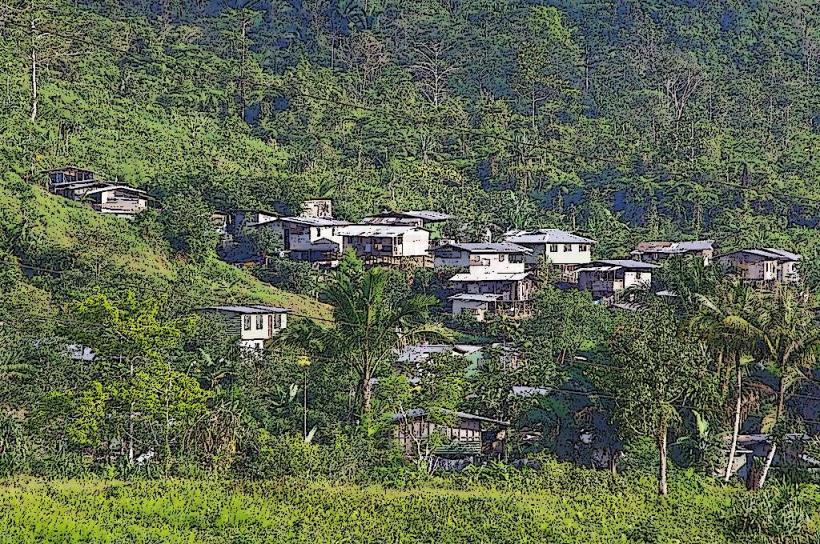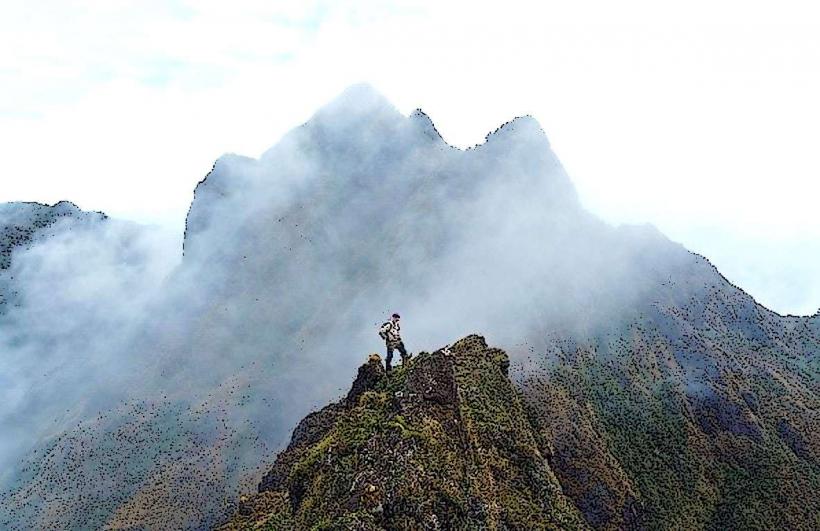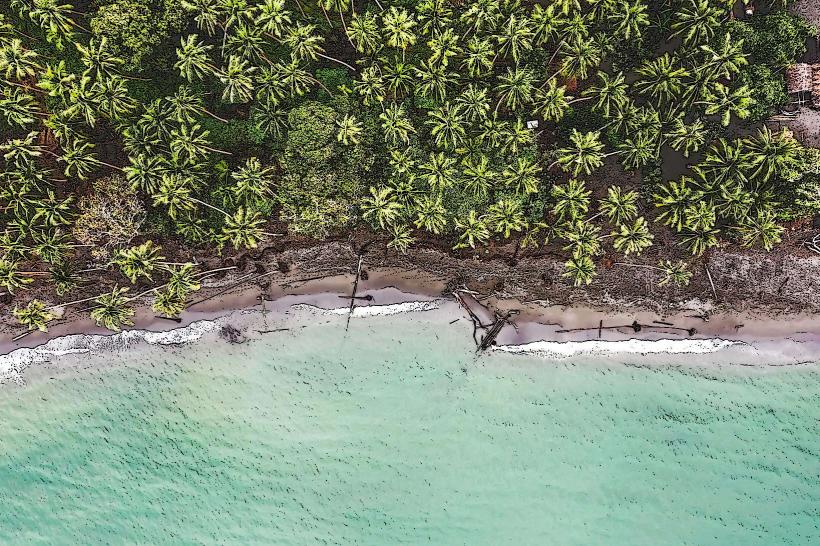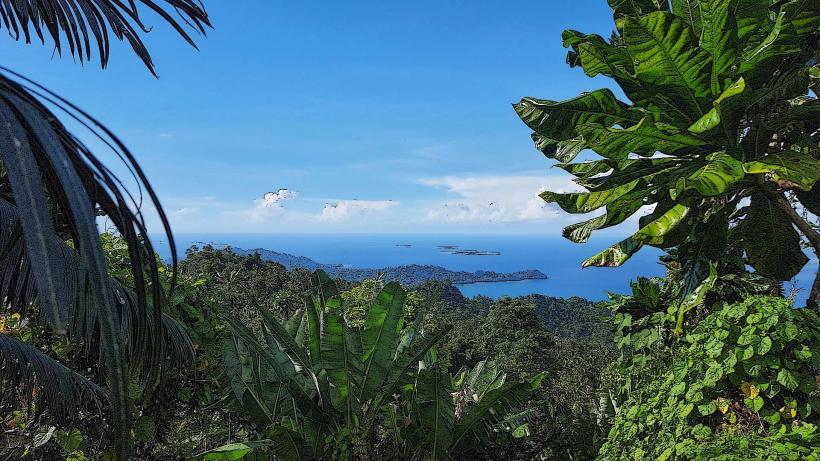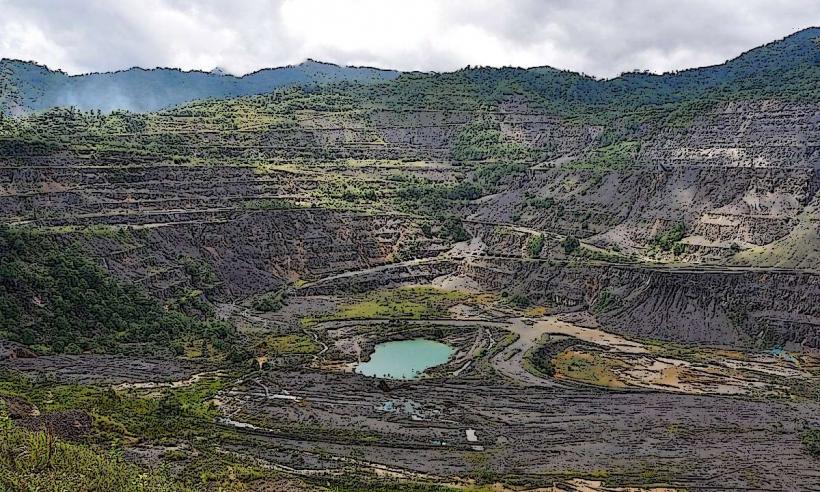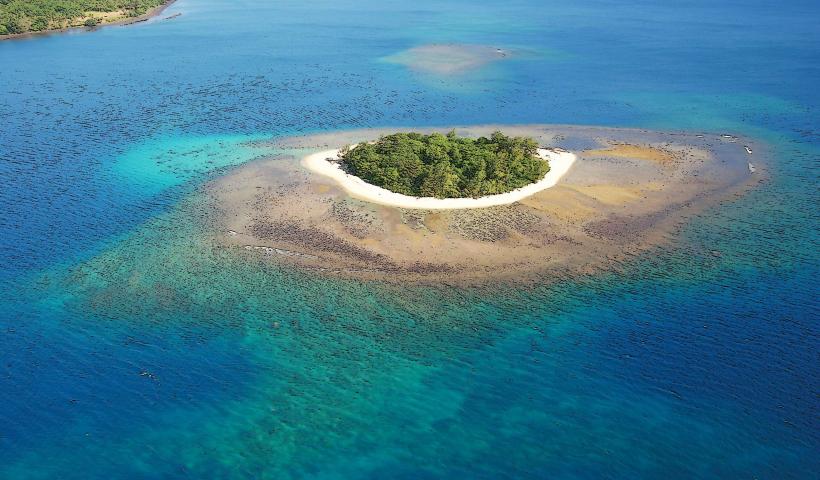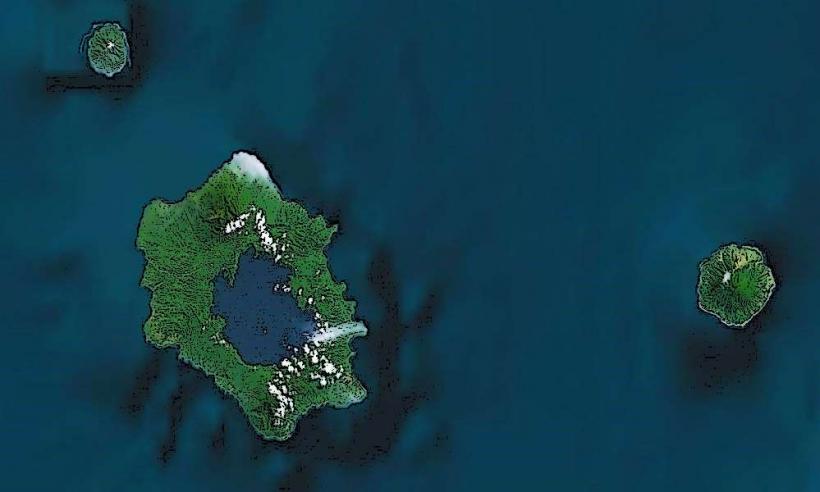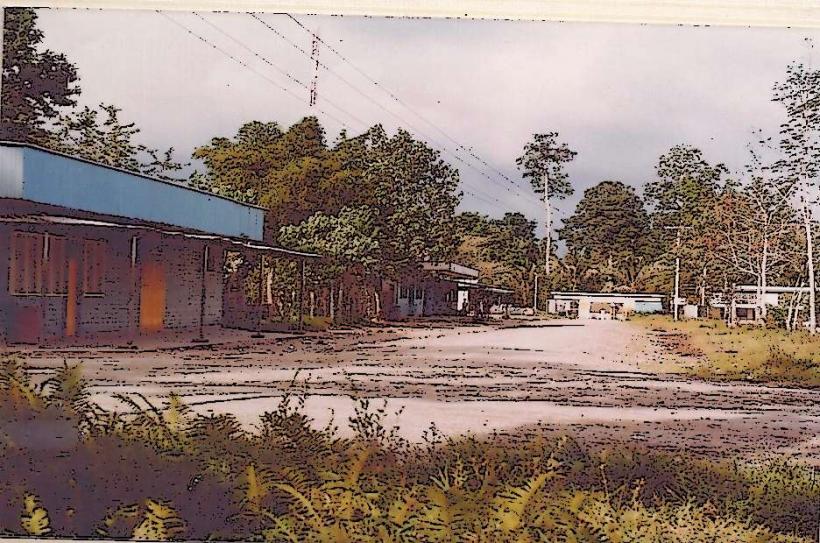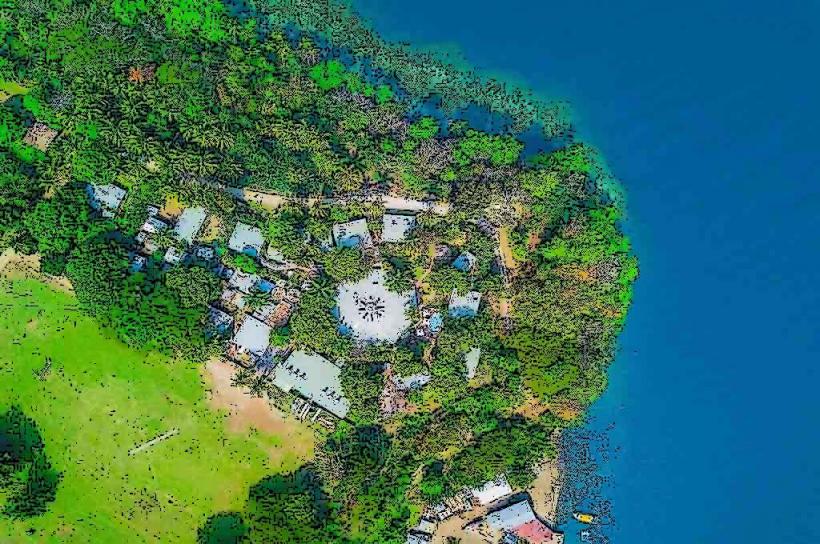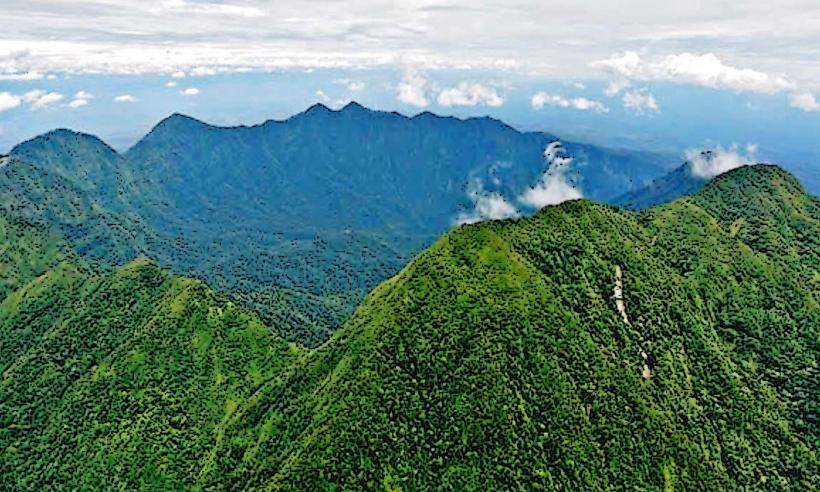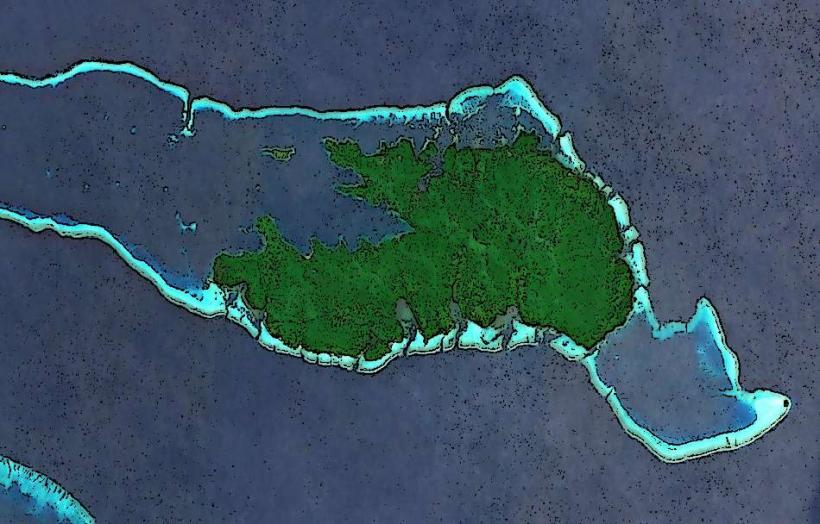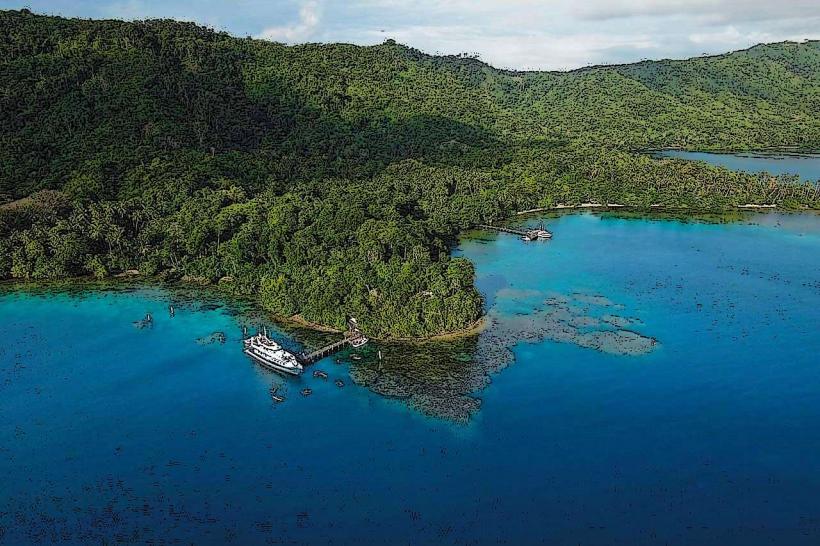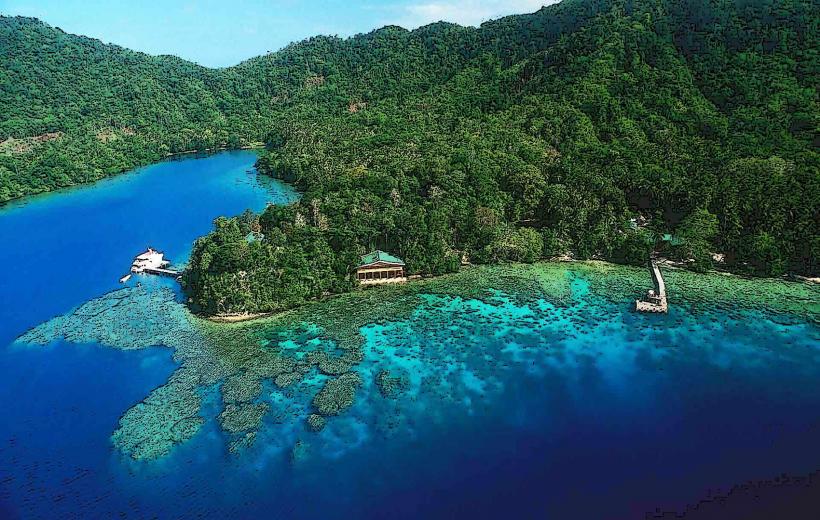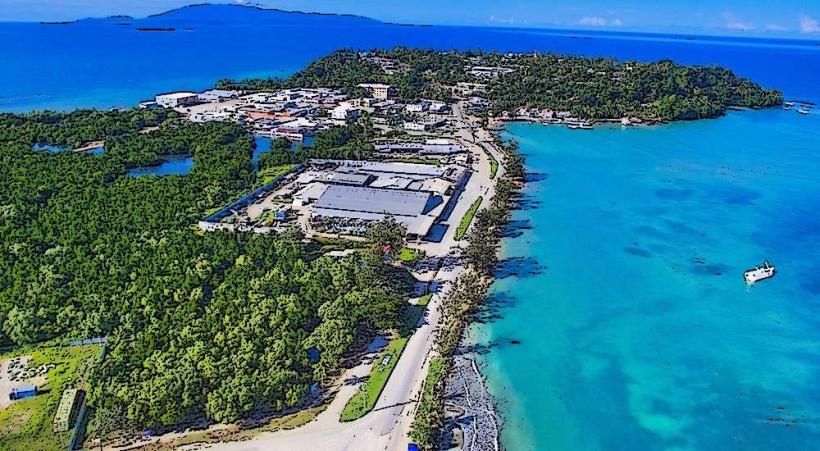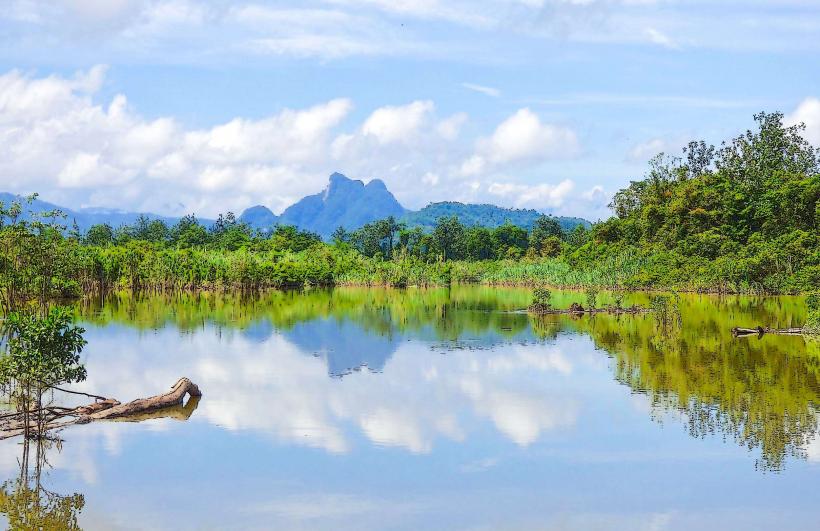Information
Landmark: Nakanai Cave SystemCity: Provice Area
Country: Papua New Guinea
Continent: Australia
The Nakanai Cave System is a remarkable karst (limestone) cave network located in the Nakanai Mountains of East New Britain Province, Papua New Guinea (PNG). This cave system is one of the most impressive in the country and is noted for its extensive size, unique geological formations, and its significance to both scientific research and local culture. It is a popular site for explorers, speleologists, and ecotourists due to its stunning subterranean landscapes and the role it plays in the region's natural environment.
Geography and Location
- Location: The Nakanai Cave System is situated in the Nakanai Mountains, which lie in the southern part of East New Britain Province, in Papua New Guinea. The caves are nestled within the dense tropical rainforests of the region, not far from the coast, near the town of Rabaul, one of the main urban centers in East New Britain.
- Access: Access to the caves is somewhat difficult due to the remote location of the cave system. Visitors typically need to travel to Rabaul first, then arrange for local transport (usually by boat and overland trek) to reach the caves. The journey can be strenuous and requires proper planning, often necessitating the help of local guides.
Physical Features of the Nakanai Cave System
- Size and Extent: The Nakanai Cave System is one of the largest cave systems in Papua New Guinea. The full extent of the system is still not entirely known, but it is believed to stretch across several kilometers, with a number of large chambers and subterranean tunnels that extend deep into the mountains.
- Vertical Depth: Some sections of the caves have significant vertical depths. One of the most notable features of the cave system is a massive vertical shaft, which is one of the deepest and largest cave entrances in PNG. This shaft has been a focal point for cave exploration.
- Karst Features: As a karst cave system, Nakanai features various geological formations such as stalactites, stalagmites, columns, flowstone, and cave pools. The cave walls are often covered with mineral deposits, giving the cave an otherworldly appearance.
- The cave ceiling is adorned with dramatic formations of limestone, and in certain parts of the system, underground rivers flow through the caves, creating an eerie and unique atmosphere.
- Underground Rivers and Lakes: The cave system features numerous underground rivers and lakes, which have formed due to the action of water over millions of years, eroding the limestone and creating intricate passageways and chambers. These rivers contribute to the system’s distinct environment, creating underground ecosystems.
- Biodiversity: The Nakanai Cave System is not only a geological marvel but also a habitat for a variety of unique species. The dark, isolated environment has led to the evolution of species that are adapted to life in complete darkness.
- Bats: Bats are a common feature of the Nakanai Caves, with large colonies inhabiting the darker, more remote parts of the cave system. These bats contribute to the ecosystem’s dynamics by serving as both prey for larger animals and as pollinators for various plant species.
- Insects and Other Life Forms: The caves are home to a variety of cave-dwelling insects, including some species of cockroaches, spiders, and other arthropods. The conditions within the cave system are extreme, but this has led to the development of specialized organisms that can survive in such a harsh environment.
Cultural Significance
- Local Traditions: The Nakanai Cave System holds significant cultural and spiritual importance for the local Kuanua-speaking people of the East New Britain region. Caves like Nakanai have long been associated with local legends, spiritual beliefs, and ancestral worship.
- Local communities often see caves as places where spirits dwell, and the Nakanai caves are no exception. They are believed to be the homes of ancestral spirits and are considered sacred spaces. Traditional ceremonies and rituals may be performed in and around the caves, particularly during times of important life events such as birth, death, or marriage.
- Archaeological Findings: The caves have also been a source of interest for archaeologists and anthropologists, as they may contain evidence of ancient human activity. Artifacts such as tools, pottery, and burial sites have been discovered in the caves, suggesting that they were once used as shelters or places of ritual by early human populations.
Exploration and Discovery
- Historical Exploration: The Nakanai Cave System was first explored by outsiders in the early 20th century, but its full extent was not widely known until more recent explorations. Early explorers and cave enthusiasts from around the world began visiting the caves, mapping the system and documenting its unique features.
- Scientific Research: Since its discovery, the Nakanai Cave System has been the subject of scientific studies. Researchers have focused on various aspects of the caves, including their geological formations, biodiversity, and hydrology. The system provides valuable insight into the processes of karst development and the unique adaptations of life forms in subterranean ecosystems.
- The caves are a key site for studying cave ecology, as many of the species that live within the caves are adapted to an environment of perpetual darkness, high humidity, and low temperatures.
- Challenges of Exploration: The exploration of the cave system remains a challenging endeavor due to its remote location, difficult terrain, and complex underground passages. It requires specialized equipment, skilled cavers, and a significant amount of planning to safely navigate the system.
Tourism Potential
- Eco-Tourism: The Nakanai Cave System is an increasingly popular destination for adventure tourism and eco-tourism. Travelers seeking to experience the natural wonders of Papua New Guinea can explore the caves with local guides, enjoying not only the geological and natural beauty but also learning about the cultural and spiritual significance of the caves to the indigenous communities.
- Caving tours are available, and visitors can witness the dramatic formations of the caves, including the massive shafts, underground rivers, and lush greenery that surrounds the cave entrances.
- Wildlife tours may also be offered, allowing tourists to observe the cave-dwelling species, including bats and rare insects, that thrive in the underground environment.
- Conservation Efforts: While tourism offers economic opportunities for local communities, it also presents challenges in terms of environmental conservation. Managing the impact of human visitation on the fragile cave system and its ecosystems is crucial to preserving the integrity of the site for future generations.
Environmental and Conservation Concerns
- Threats to the Cave System: As with many natural landmarks, the Nakanai Cave System faces several environmental threats. Pollution, illegal mining, and deforestation in the surrounding area could have significant impacts on the delicate balance of the cave ecosystem. Additionally, over-tourism without proper management could lead to damage to the cave formations and disrupt local wildlife.
- Preservation: Efforts are being made by local authorities, conservationists, and NGOs to protect the Nakanai Cave System. These efforts include limiting access to certain parts of the caves, monitoring environmental impact, and promoting sustainable tourism practices that minimize the ecological footprint.
Conclusion
The Nakanai Cave System is one of the most remarkable natural wonders in Papua New Guinea. Its stunning geological formations, subterranean rivers, and diverse ecosystems make it a site of scientific, cultural, and ecological importance. While the caves have become increasingly popular for tourism and exploration, there is a need to balance access with conservation to ensure the protection of this unique and sacred site for future generations. The Nakanai caves remain a symbol of the natural beauty and cultural richness of Papua New Guinea, offering a glimpse into the country's complex history and the enduring mystery of its underground world.

